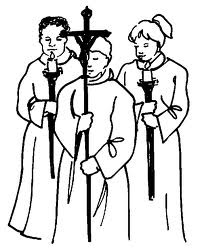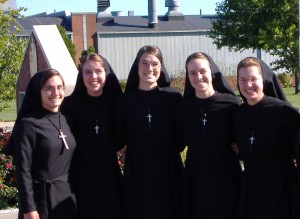At the age of 28, Jane de Chantal, a French noblewoman, was faced with the difficult task of getting beyond her husband’s accidental death and raising five children. Beyond that, she was compelled to live at her father-in-law’s estate and put up with his irritations.
A very devout woman, she then met St. Francis de Sales and the two formed a lifelong friendship. Francis confided to Jane his desire to found a religious order that would be welcoming to women who seek a deep relationship with God, but who for one reason or another could not live with the physical rigors of traditional religious life.
In 1610, the two officially established the Order of the Visitation of Holy Mary. Before she died, St. Jane de Chantal founded 86 houses of the Visitation.
All of this is recounted in a new video on the life of St. Jane de Chantal, which has been viewed over two thousand times on Gloria.TV in the first week of its debut.
The video was produced by VocationPromotion.com for the Second Federation of the Visitation in the United States and is featured on the website www.VisitationSpirit.org.




 Last week the editors of the
Last week the editors of the  Check out
Check out  The National Catholic Register published last week an article chronicling the journey of fifteen sisters who broke away from their sedevacantist community in 2007 to form the
The National Catholic Register published last week an article chronicling the journey of fifteen sisters who broke away from their sedevacantist community in 2007 to form the  Sr. Mary Eucharista, a member of the
Sr. Mary Eucharista, a member of the